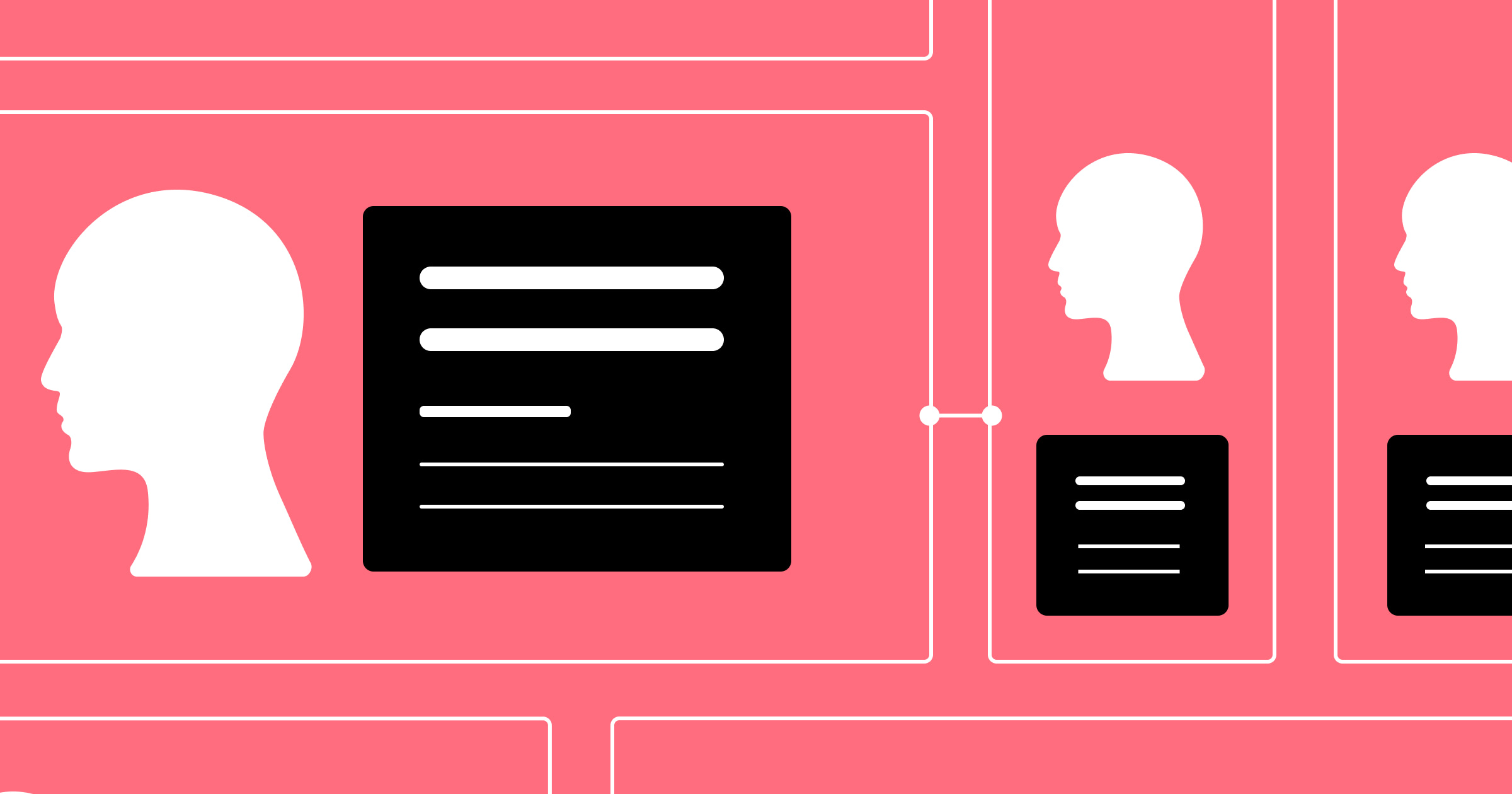One of the things that makes the SaaS business model so successful is its access to recurring revenue from a large community of users.
However, the reliance on small subscription payments is also the biggest challenge of the SaaS business model, especially given the high cost of acquiring each new paying customer.
Three-quarters of SaaS companies make more than 60% of their gross margin from subscriptions, but making back the initial investment of acquiring new customers can take months or even years. SaaS companies have to strike a delicate balance between customer acquisition cost (CAC) and a customer’s lifetime value (LTV) in order to succeed.
While you can begin exploring metrics with something like Dave McClure’s Startup Metrics for Pirates, there are specific key metrics SaaS companies should look at closely. These eight metrics will help you measure, analyze, and balance your finances and customer behavior so you have the information you need to make decisions about when to accelerate growth, when to cut costs, and how to focus your marketing efforts.
1. Monthly recurring revenue (MRR)
The first metric a SaaS business should know is how much revenue their subscriptions are pulling in each month. Monthly recurring revenue is a simple calculation of the total revenue coming in from all subscribing customers. It’s calculated like this:
Monthly subscribers x / Average revenue per user = $ Monthly recurring revenue
The main types of MRR you should track are:
- New MRR — Monthly revenue from new subscriptions and customers.
- Expansion MRR — Additional revenue from existing customers from upgrades, add-ons, and cross-selling. A positive Expansion MRR is a particularly positive sign because it’s added revenue without additional customer acquisition cost.
- Contraction MRR — How much revenue was lost from downgrades and cancellations.
2. SaaS quick ratio
A SaaS quick ratio is a simple calculation that helps you do a health check on your company’s revenue.
MRR added / MRR lost = SaaS quick ratio
The higher the ratio, the better, with anything over four considered good. For example, if your ratio falls to two, you’re losing half your new MRR every month, and a ratio below 1 means you’re losing more revenue to churn than you’re able to replace. To raise your score, prioritize customer retention.
The quick ratio can be used to keep an overall perspective on your business. You can use it when deciding when to ramp up marketing efforts or when to focus on existing customers.
3. Customer acquisition cost (CAC)
Customer acquisition cost is a calculation of the total share of marketing costs divided by how many customers actually sign up for your product. It’s an important metric to keep your overall marketing budget in perspective. SaaS marketing teams should stay aware of this total cost and make sure they aren’t spending more on acquisition than their ability to make back in customer subscriptions.
Marketing campaign costs / Total customers acquired = Customer acquisition cost
4. Customer lifetime value (CLV)
Customer lifetime value will tell you how much revenue your business will gain from the entirety of an average customer’s time paying for your service. The most important thing for the health of your business will be how much the CLV dollar amount exceeds the CAC — essentially how much you earn overall over time from a customer’s business vs. how much you spend on each customer.
Subscription cost x Payment frequency x Customer lifetime = $ Customer lifetime value
Until a customer’s total subscription payments pass the cost of their initial CAC, they aren't making any revenue for the company. Focus on customer retention to keep a profitable balance between CAC and CLV.
5. Daily active users (DAU) & Monthly active users (MAU)
The number of monthly and daily active users you have gives you information on the quality of your user base rather than just the quantity. Consistent user activity is a good sign of customer longevity and happiness. Active users are significantly less likely to churn and more likely to upgrade their service than inactive users. A thousand users who never open your app are a lot less useful than a hundred who use it every day.
For DAU and MAU metrics, you count how many users open or engage with your SaaS product each day/month against the total number of users signed up for your service.
Users who open or engage with service each day / Total users = % Daily active users
Users who open or engage with service each month / Total users = % Monthly active users
6. Activation Rate
A customer’s activation moment is the “aha moment” when a new user sees the value of the product you offer and shifts into adopting your service in a deeper way. Activation rate shows you the key shift between curiosity and locking down a long-term subscriber, and it may be the most important metric a SaaS company can monitor.
Use user journey mapping, behavioral analytics, and talking to your customers to identify the moment (or moments) of customer activation. This could look like a user of a ride service app taking their first ride or the user of a spreadsheet automator sending their first report. You then measure how many new users have completed that action and divide that by the total number of new users to get your activation rate (as a percentage) for the period of time you’re measuring.
Number of users who completed the activation action / Total number of users who have signed up for your service = % Activation rate
When you identify the moment of activation, you want to optimize your onboarding process to get them to that moment more quickly. This should increase your activation rate. Your activation rate ultimately tells you whether you’re actually getting enough engaged users to keep your business healthy.
7. Churn
Churn is the rate at which customers leave your service (it’s the opposite figure to retention rate). Some churn is to be expected. Most healthy SaaS companies will see 5-6% churn, but over 10% indicates cause for concern. One important thing to keep in mind is that churn is a percentage. A higher percentage becomes a higher absolute number the larger your business gets. For example, 4% churn for a 100 customer company is only 4 customers lost, but for a 10,000 customer company, 4% churn is 4,000 paying users lost.
Churn can indicate that customers are unhappy with your service, that other services are poaching your business, or other concerning trends. Keep an eye on your churn percentage to flag any trends in customer loss and address the underlying cause before it becomes a bigger problem. There are two types of churn.
Customer churn
Customer churn is how many customers you’re losing, usually measured by month and year. It’s a lot less expensive to retain current customers than it is to attract new customers, so keeping this number down has compounding financial benefits.
Customers lost / Customers gained = % Customer churn
Revenue churn
Revenue churn shows lost income and will give you more information when combined with customer churn. It takes into account canceled customers, subscription downgrades, and other forms of minor lost monthly revenue that might not be indicated by total customer churn alone. If you have high customer churn and low (or negative) revenue churn, it could indicate you’re losing low-value customers but maintaining or upgrading higher paying customers.
Last quarter’s income minus this quarter’s income / Last quarter’s income = % Revenue churn
8. Customer engagement score (CES)
To get more sophisticated in how you’re measuring the health of your customer base, you can use a customer engagement score to evaluate potential customer behavior and gain insight into:
- how open they are to move from free trials to paid plans,
- whether they might be upsold or moved to a higher tier plan, and
- if they might be a churn risk.
To begin calculating a CES, you first need to identify the important points of engagement. This could be opening or using an app, engaging with specific features, upgrading or renewing their subscription, or opening support tickets. You’ll then assign a “weight“ to each action based on how significant or important to your business each action is and use event tracking software to log them.
To calculate the CES, use the following formula, where W is the weight of an event and N is the number of times that event occurs. You can use software to calculate a score more efficiently, and the formula is as follows:
W1N1+W2N2+W3N3+W...N...= Customer engagement score
A score below 40 might indicate unhappy customers and churn risks, while scores above 70 indicate happy customers. It’s a good idea to target customers who score in the middle of the range to help reduce their pain points and improve their experience with your product.
Use these SaaS metrics to take informed action
None of these numbers is a foolproof guide to running your business, but together they paint a detailed picture of the health of your business model, the happiness of your customers, and the balance of activity within the services you offer. The most important part of tracking each of these metrics is ultimately the actions you take in response to the information you’re learning.
These SaaS metrics will help you make decisions about how to allocate your marketing budget, how to segment your customers, and how much you should reasonably be charging for your product to sustain a profitable business.



















Webflow Enterprise
Security and scalability you can rely on.






























